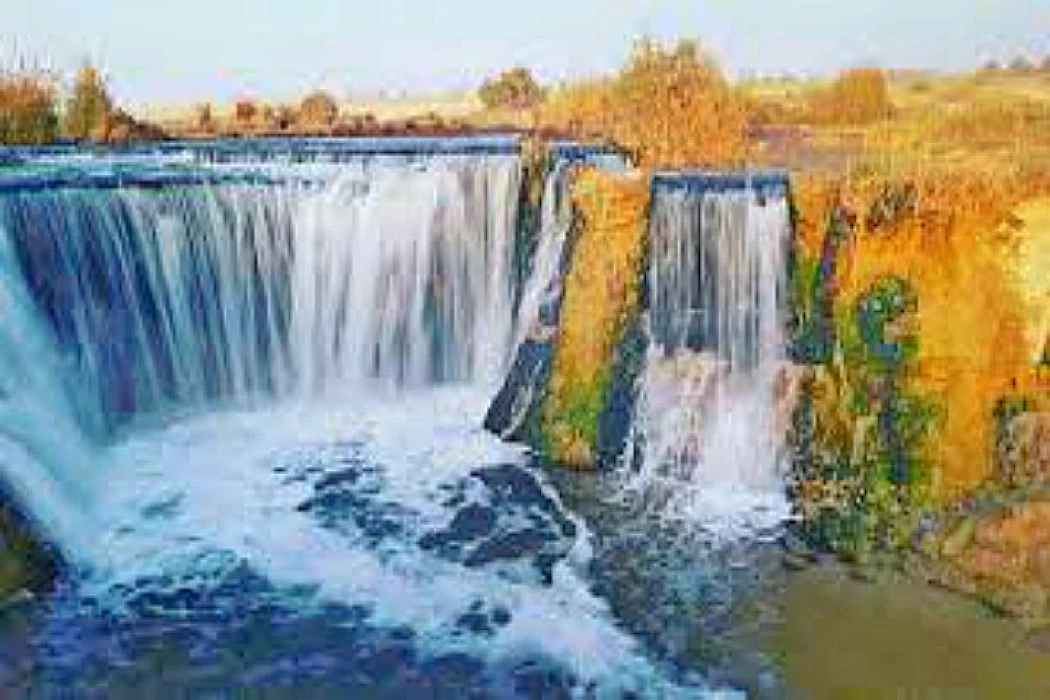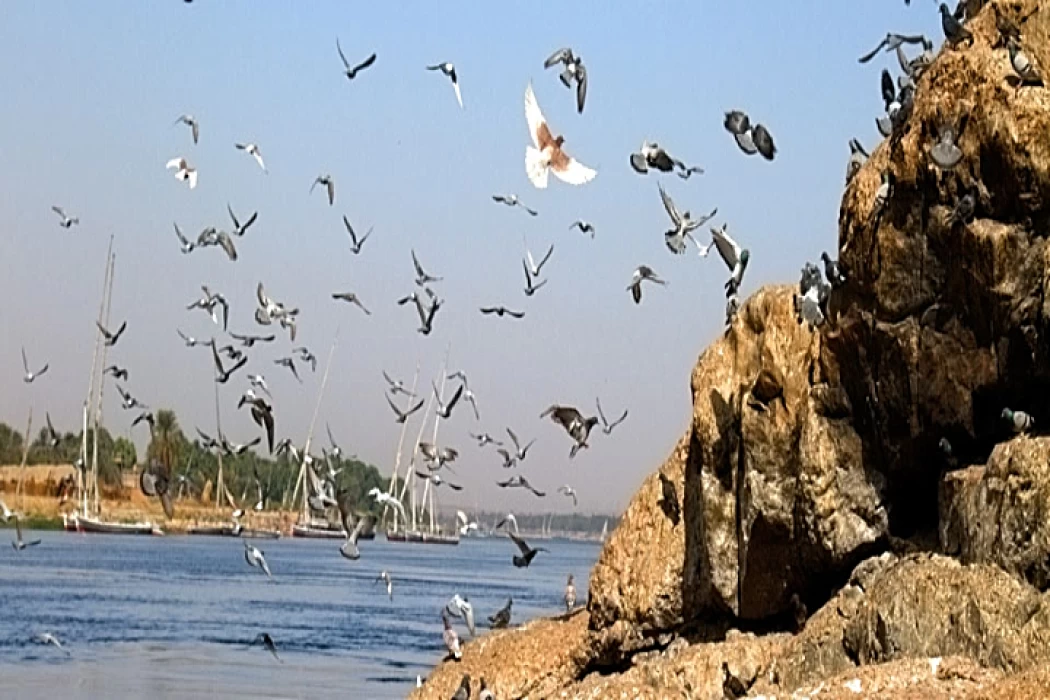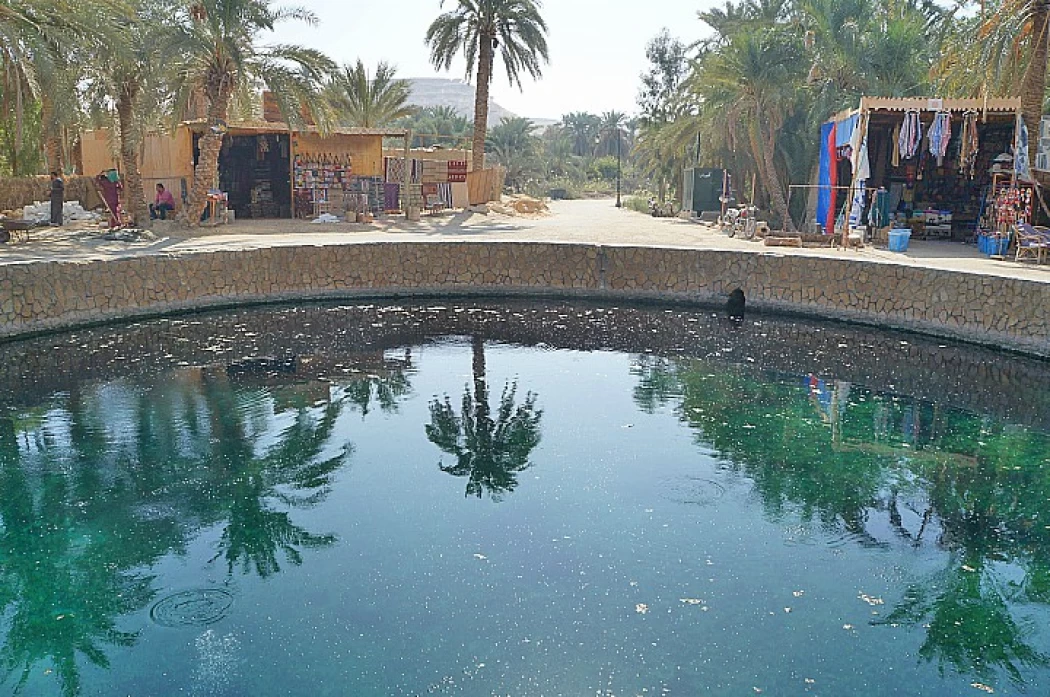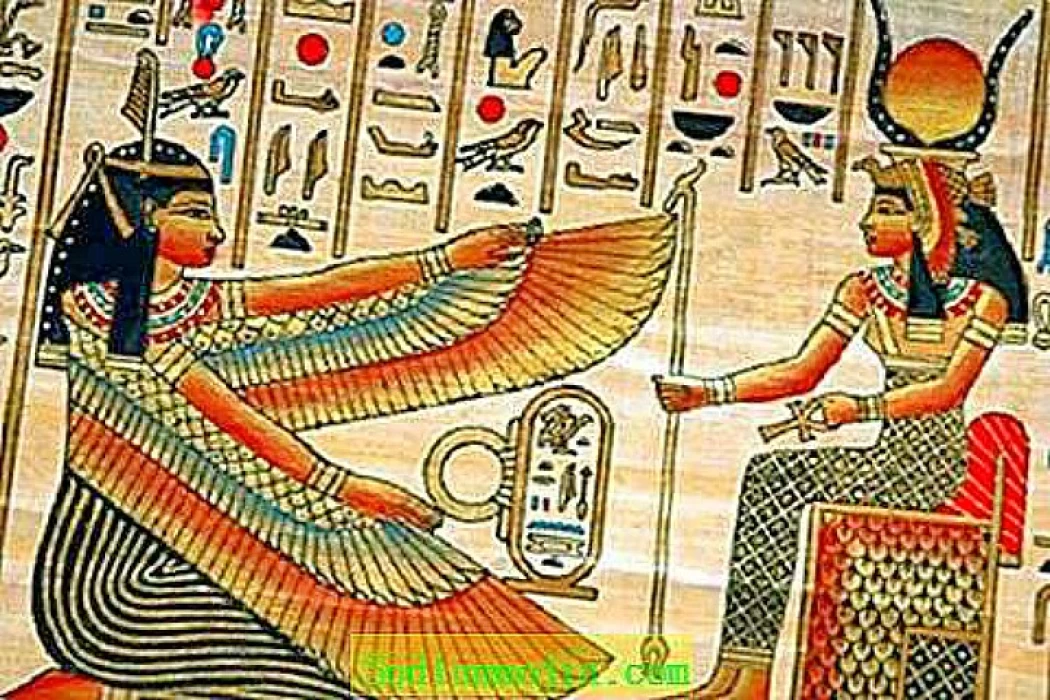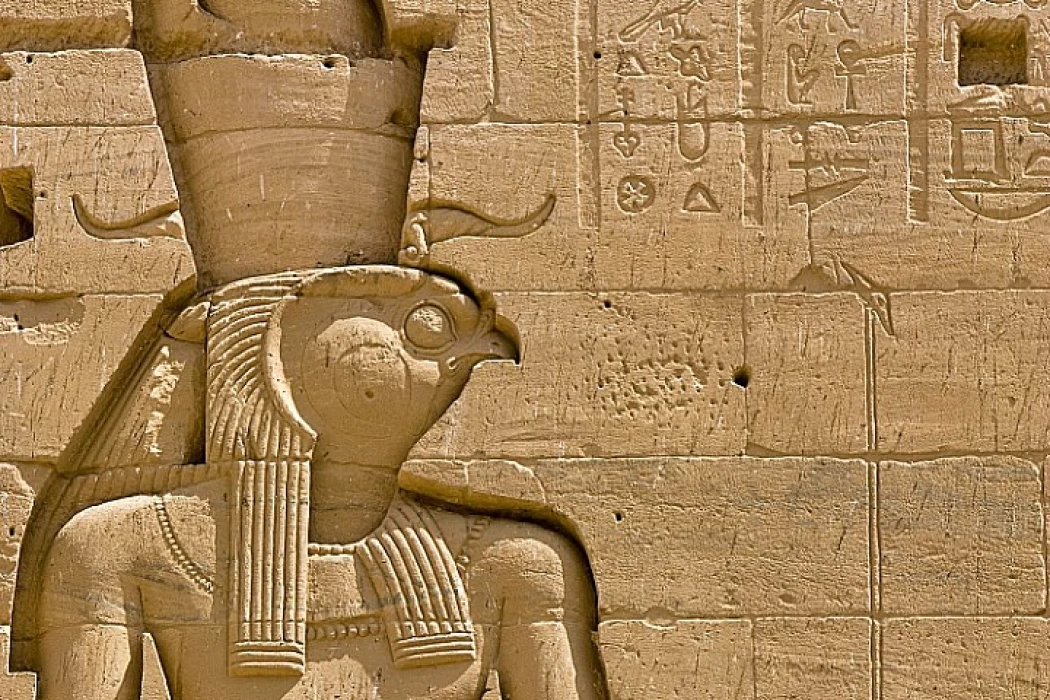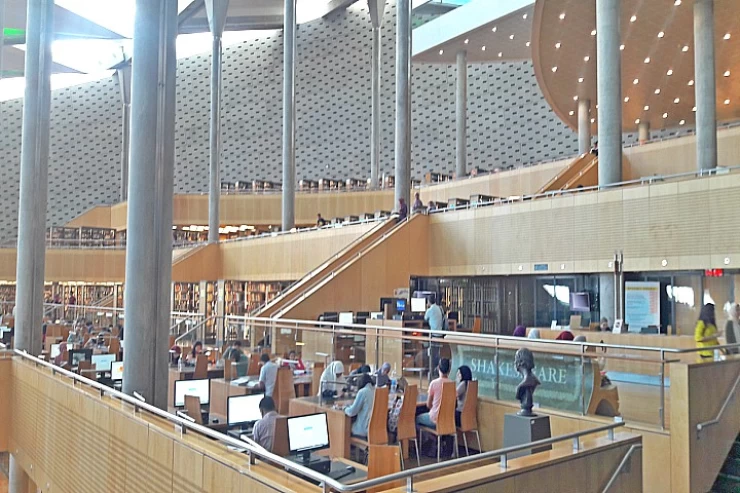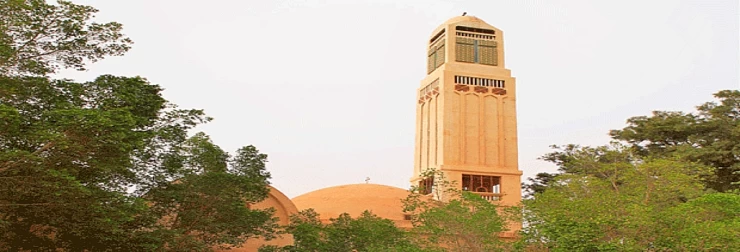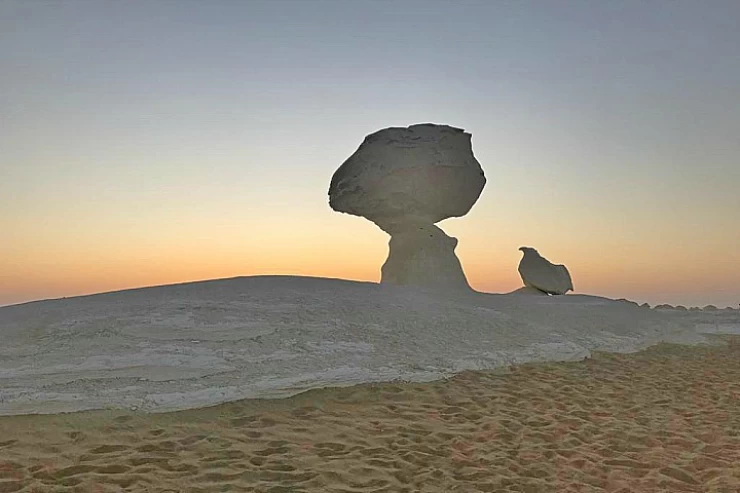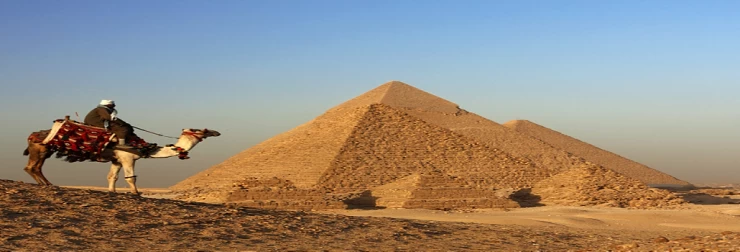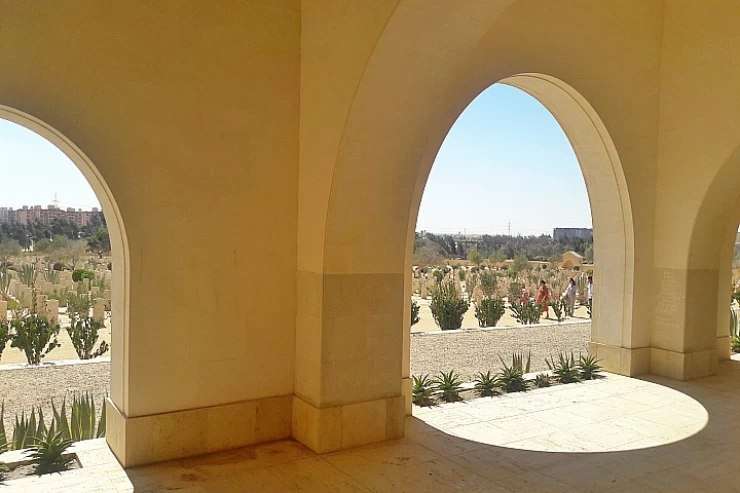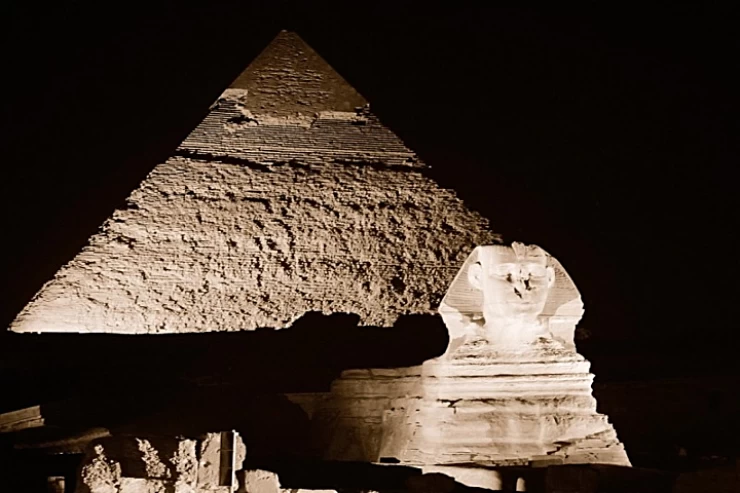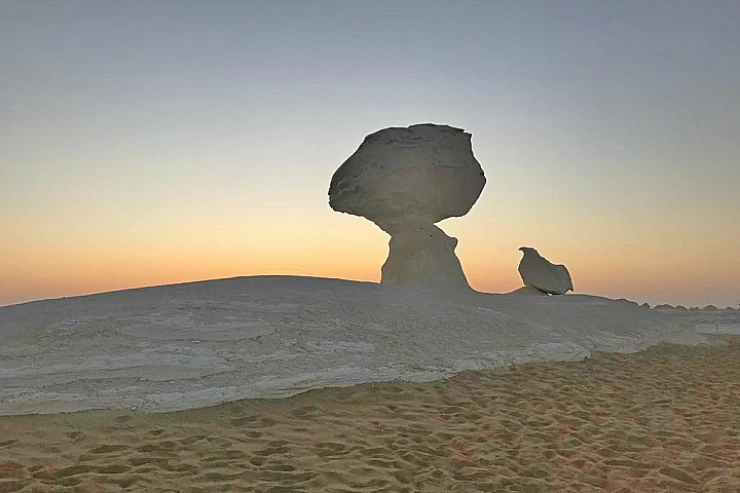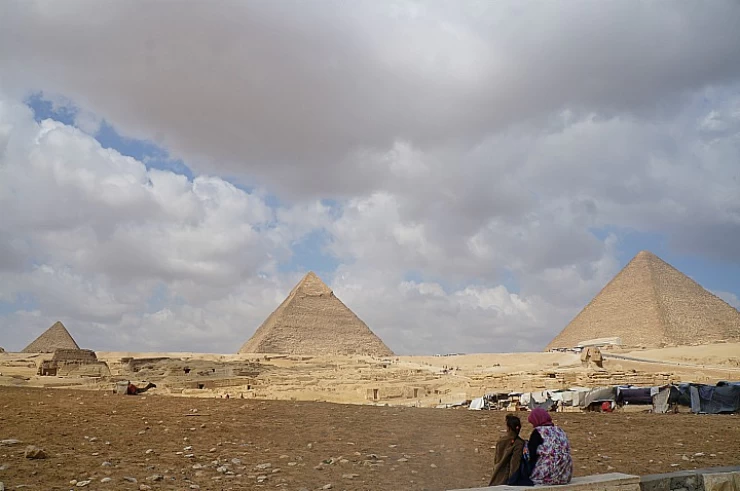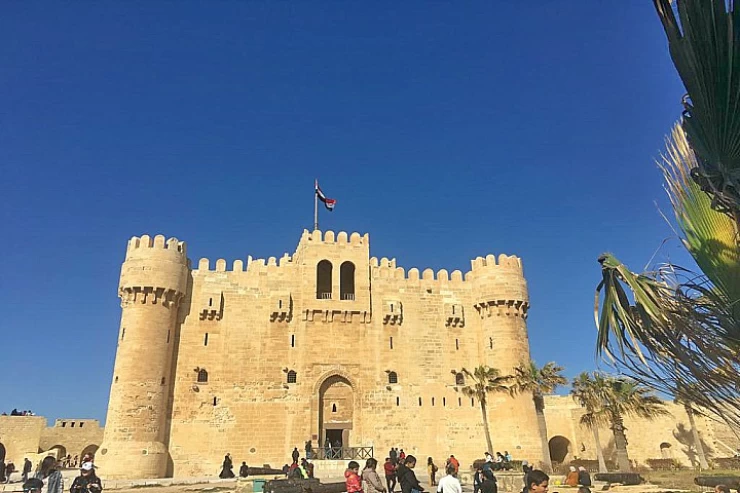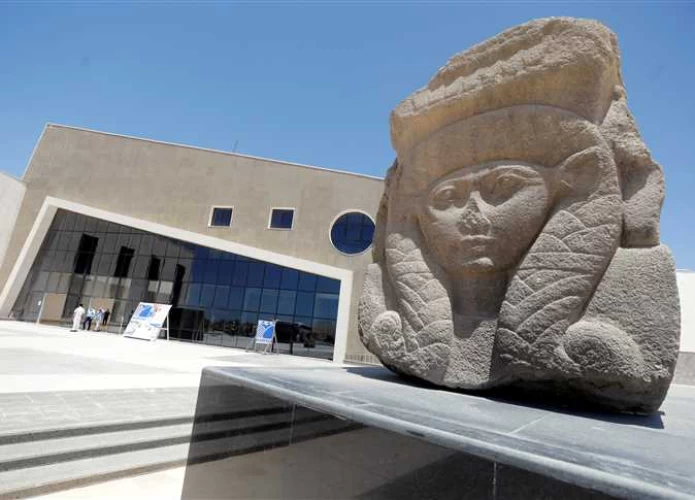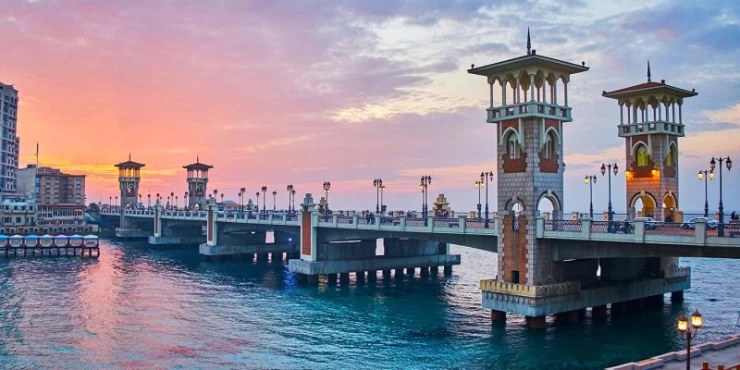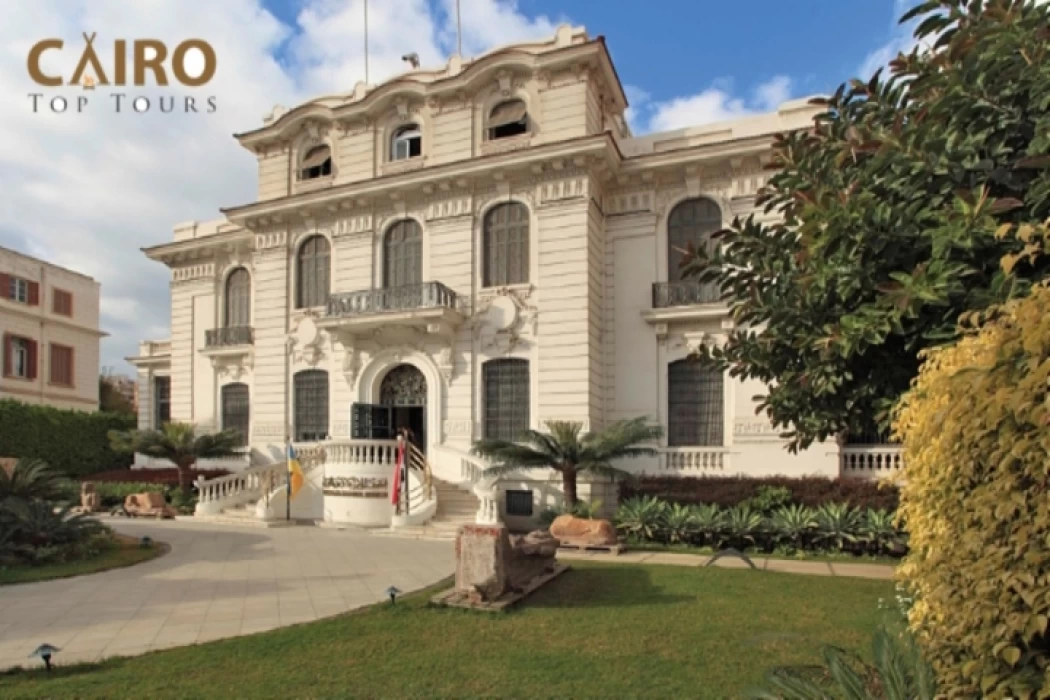
The Alexandria National Museum
The Alexandria National Museum
Undoubtedly, Alexandria is one of the ancient civilized cities wherein so many important landmarks date back lots of years or centuries, such as museums, and one of the most prominent museums in the city of Alexandria is the Alexandria Museum because it is considered one of the important museums and one of the museums to which lots of tourists from abroad, students, and persons visit to see these archaeological holdings; thus, it is one of the factors of tourism in Alexandria.
The museum collection comprises 1800 artifacts that have been set up in ascending order, starting from ancient to modern eras. The museum also has a special exhibition hall for sunken artifacts.
The various artifacts were taken from several museums: the Egyptian Museum, the Islamic Museum, the Coptic Museum in Cairo, and the Greco-Roman Museum.
The museum's artifacts
It is a hall of currency that also includes the various ages of coins, such as a group of coins found underwater in Abi Qir Bay and a group of other coins dated to the Byzantine and Islamic ages. This part also includes a group of weapons from the Islamic era, along with a group of metals, glass, and ceramics from different Islamic ages.
One hall in the Alexandria National Museum only has sunken artifacts and can boast a wealth of recovered items. It does have the capability to display some images taken over live recovery ops regarding what form or shape something might have held previously. The most important pieces in this area are a statue of Isis from black granite; one of the priests of Isis; a collection of marble statues; and imagery of some of the Greek gods, including but not limited to Venus, goddess of love, and the head of Alexander the Great.
During the Middle Kingdom, there is a set of statues that show the change of art in this period from idealism to realism, such as the statue of King Amenemhat III.
During the Late Ancient Egyptian period, there is a set of statues of the kings of this period and a model of a tomb with a mummy, a sarcophagus, and a set of amulets.
While most of this New Kingdom era is actually thought of as the most prosperous era artistically, as art in that period combined between the school of Thebes' realism and the idealism of the school of Manif to give the most beautiful pieces of art, some of which are rare. This includes a chair for Queen Hatshepsut, a head for King Akhenaten, and a group of statues for Thutmose III, the god Amun, and King Ramses II.
The Greco-Roman section includes different ages, such as Hellenistic, Greek, and Roman. In the Coptic section, one may find a group of tools used in daily life; it consists of a number of metal tools made from copper, silver, and bronze. The icons of wooden paintings depicting a religious theme, the most important of which is the icon of Christ and the Last Supper, were also added, in addition to a group of Coptic textiles made of linen and wool and decorated with floral and animal motifs, and a group of pottery utensils used in life.
Information about the Museum
The original function of the museum building was Assad Basili Pasha's palace, which was built in this style in the Italian architectural tradition.
In 1996, the High Council of Antiquities purchased the structure and undertook a restoration project that lasted until the opening as a museum in September 2003.
This museum consists of three floors and houses a very special collection.
During your tour inside the museum, you will get acquainted with the ages that have passed in Egypt; it features chronology since it contains the ancient Egyptian, Greek, Coptic, Islamic, and modern sections. It contains a model of the cemetery, including a simulation of everything the cemetery contains in the Ancient Egyptian Era.
You can visit the modern section and see what it includes, including the silver, gold, and jewelry belonging to the Muhammad Ali family that was used by the princes.
Latest Articles
Admin
Wadi El Rayan in Faiyum | Waterfalls in Wadi El Rayan
Wadi Al-Rayan Nature Reserve is one of the distinguished tourist areas in Fayoum Governorate, and one of the most important areas is the picturesque Wadi Al-Rayan Falls with its charming nature, which made it a destination for hundreds of thousands of tourists from different countries of the world who visit it during the year and enjoy practicing various tourist activities around the waterfalls, such as sand skiing, bird watching, and others.
Admin
Tourism in Aswan | Aswan Tourism in Egypt
Aswan Governorate has a huge wealth of diverse natural attractions, including the great Nile River, a large number of nature reserves, vast areas of deserts and mountains, and other areas of attractive nature. It is also characterized by an ancient, unique, rich and diverse civilization, as it possesses a civilizational and cultural heritage that bears witness to all the periods of history that have succeeded in it during thousands of years.
Admin
The Medical Tourism in Egypt | Therapeutic Tourism Egypt
If you are planning medical tourism in Egypt and you don't know what medical tourism places you can visit, let me tell you, dear reader, about places rich in natural resources that provide effective treatments to get rid of diseases and get the most energy and vitality.
Admin
The Nile River information
The Nile River is the longest river in the world and is located in the continent of Africa, and it divides the land of Egypt from south to north to branch into two branches that flow into the Mediterranean Sea, namely the Rosetta Branch and the Damietta Branch, its length is from its headwaters in Lake Tanganyika to its mouth in the Mediterranean Sea
Admin
Goddess Isis | The Egyptian Goddess Isis
In the first millennium BCE, Isis and Osiris became the most worshipped Egyptian deities, and Isis took on many of the traits of the other gods. The rulers of Egypt and its neighbors to the south in Nubia began building temples specifically dedicated to Isis, and her temple at Philae was one of the most important religious centres for Egyptians and Nubians alike.
Admin
God Amun Ra | Amon Ra The Master of the Ancient Egyptian gods
By merging with Ra, Amun manifested himself in creation, thereby combining in himself the two divine opposites: as Amun, he was invisible, mysterious, and detached from the world, and as Ra, he was visible and the giver of everyday life. Similarly, he was associated with Maat, the Egyptian concept of justice and balance in the universe.
